1. Edward A. Bouchet Broke Barriers in Physics Education
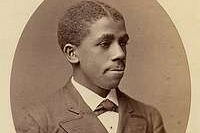
Edward A. Bouchet made history in 1876 when he became the first Black American to earn a Ph.D. in physics, and from Yale University, no less. At a time when opportunities for Black scholars were practically nonexistent, Bouchet’s achievement was nothing short of remarkable. He specialized in experimental physics, focusing on optics and the properties of light. Despite his credentials, he wasn’t offered a university teaching position, largely due to racial discrimination. Instead, he dedicated his career to teaching at historically Black institutions, where he mentored the next generation of Black scientists says Stockton University.
Bouchet’s work may not have led to a famous discovery, but his impact on physics education was immense. His determination paved the way for Black students to enter the field, and his legacy continues to inspire. Even today, the American Physical Society honors him with the Edward A. Bouchet Award, recognizing outstanding Black physicists. His story is a reminder that sometimes, breaking barriers is just as important as making discoveries.
2. Shirley Ann Jackson Revolutionized Telecommunications
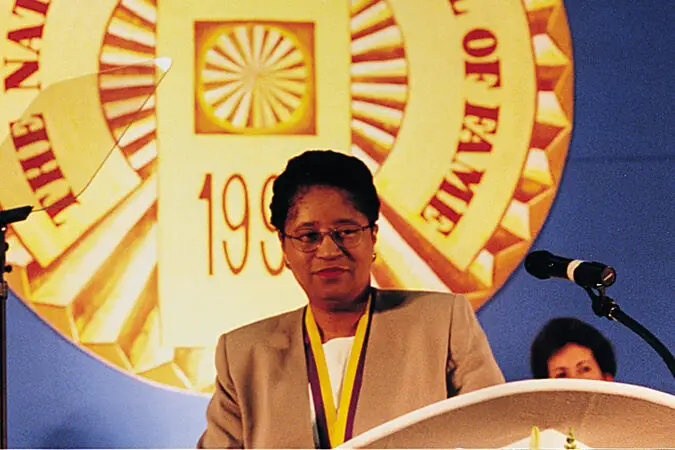
Shirley Ann Jackson became the first Black woman to earn a Ph.D. in physics from MIT in 1973, a milestone that was just the beginning of her influential career. Her research in theoretical physics led to advances in semiconductor technology and telecommunications. If you’ve ever used caller ID or call waiting, you have Jackson’s work to thank. She conducted research at Bell Labs, where her findings contributed to the development of fiber optics, touch-tone dialing, and portable fax machines shares Santa Clara University.
Beyond her scientific contributions, Jackson has held leadership positions in both academia and government. She became the president of Rensselaer Polytechnic Institute and later chaired the U.S. Nuclear Regulatory Commission. Her ability to bridge science and policy has made her a trailblazer, ensuring that discoveries in physics translate into real-world applications. Through her work, she has proven that science isn’t just about equations—it’s about making life easier for everyone.
3. Ernest Everett Just Transformed Cell Biology
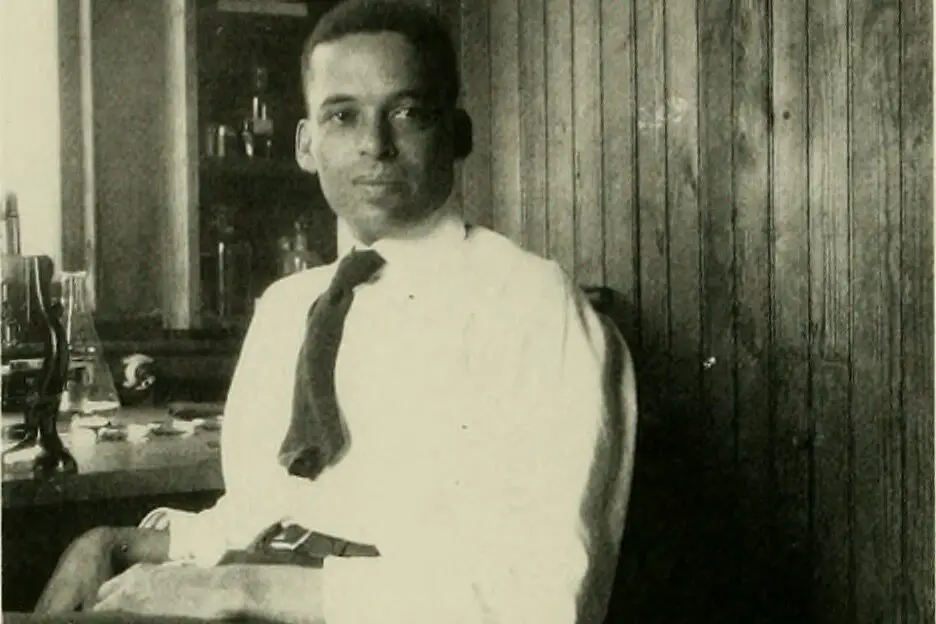
Ernest Everett Just wasn’t just a physicist—he was also a biologist who made groundbreaking discoveries in how cells function. In the early 1900s, he studied the way cells divide and develop, specifically focusing on fertilization and embryo growth. His most important discovery was the “fast block to polyspermy,” which explains how an egg prevents multiple sperm from fertilizing it. His research fundamentally changed our understanding of reproductive biology adds BioTechniques.
What made Just’s work so significant was his emphasis on studying cells in their natural environment rather than in artificial lab settings. This approach helped him see processes that others had overlooked. He spent much of his career battling racial discrimination in the U.S., so he often conducted research in Europe, where he had more opportunities. His dedication to science, despite the obstacles he faced, cemented his legacy as a pioneer in cell biology and biophysics.
4. George Carruthers Brought Astronomy to New Heights
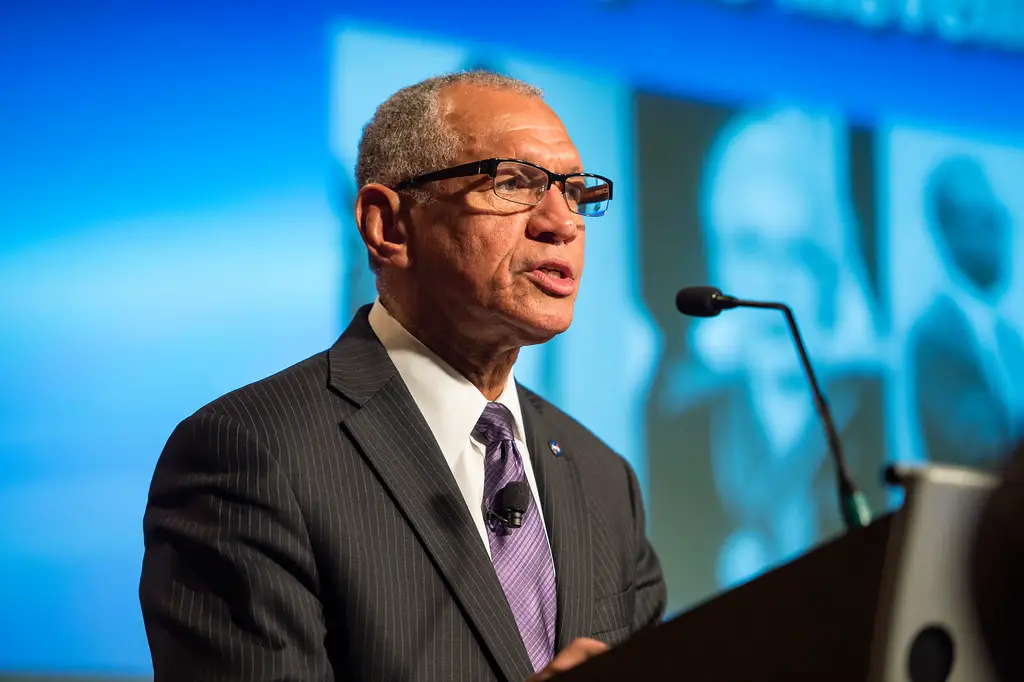
George Carruthers was a visionary physicist and engineer whose work literally reached the stars. In 1972, he developed the first moon-based ultraviolet telescope, which was placed on the Apollo 16 mission. This groundbreaking invention allowed scientists to study Earth’s atmosphere and deep space from a new perspective. His telescope captured some of the first images of distant stars and interstellar gases in ultraviolet light, revealing details invisible to the human eye.
Carruthers spent much of his career at the U.S. Naval Research Laboratory, where he focused on space science and imaging technology. His work was crucial in advancing our understanding of space beyond what was possible with ground-based telescopes. He was also passionate about mentoring young Black scientists and engineers, ensuring that future generations had the opportunities he fought for. His contributions to astronomy made space more accessible, and his inventions continue to shape modern astrophysics.
5. Jim Gates Unlocked the Secrets of String Theory
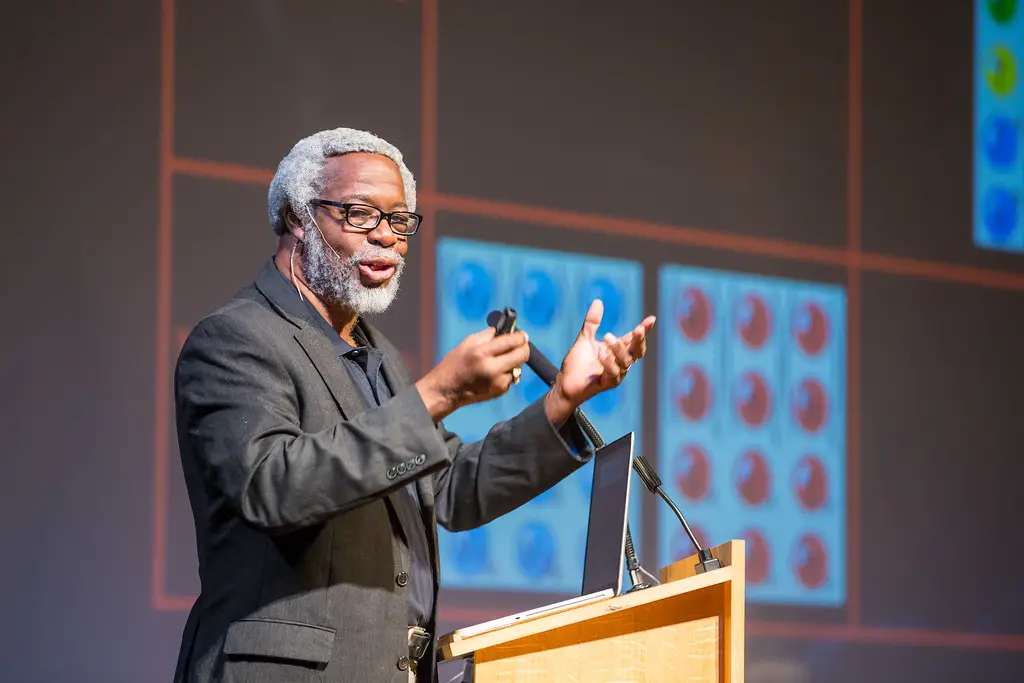
Jim Gates is a theoretical physicist known for his pioneering work in supersymmetry and string theory. In the 1980s, he helped introduce the concept of “adinkras,” a mathematical tool used to understand the complex symmetries of the universe. His research has provided insight into how the smallest building blocks of matter interact, potentially bringing us closer to a unified theory of physics. His work is as mind-bending as it is groundbreaking, shaping the future of theoretical physics.
Beyond his research, Gates has dedicated much of his career to science communication and education. He served on former President Obama’s Council of Advisors on Science and Technology, helping shape national policy on research and innovation. He’s also known for explaining complex scientific ideas in a way that makes them accessible to everyone. His passion for physics and outreach has made him one of the most influential Black physicists of our time.
